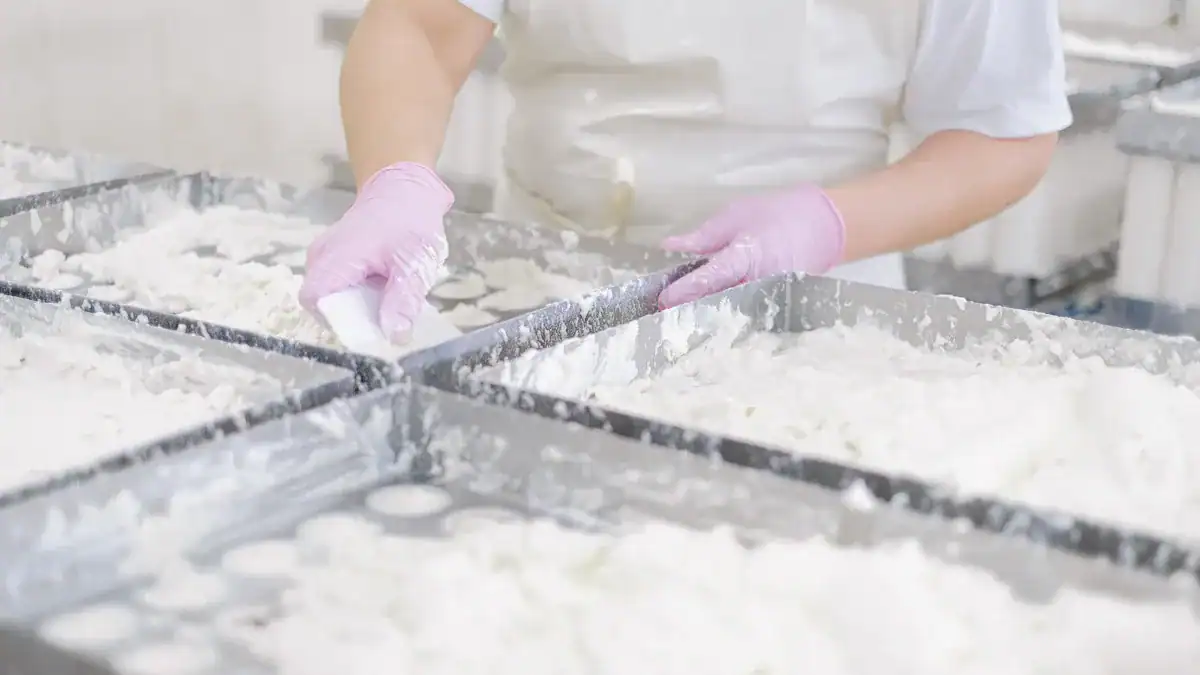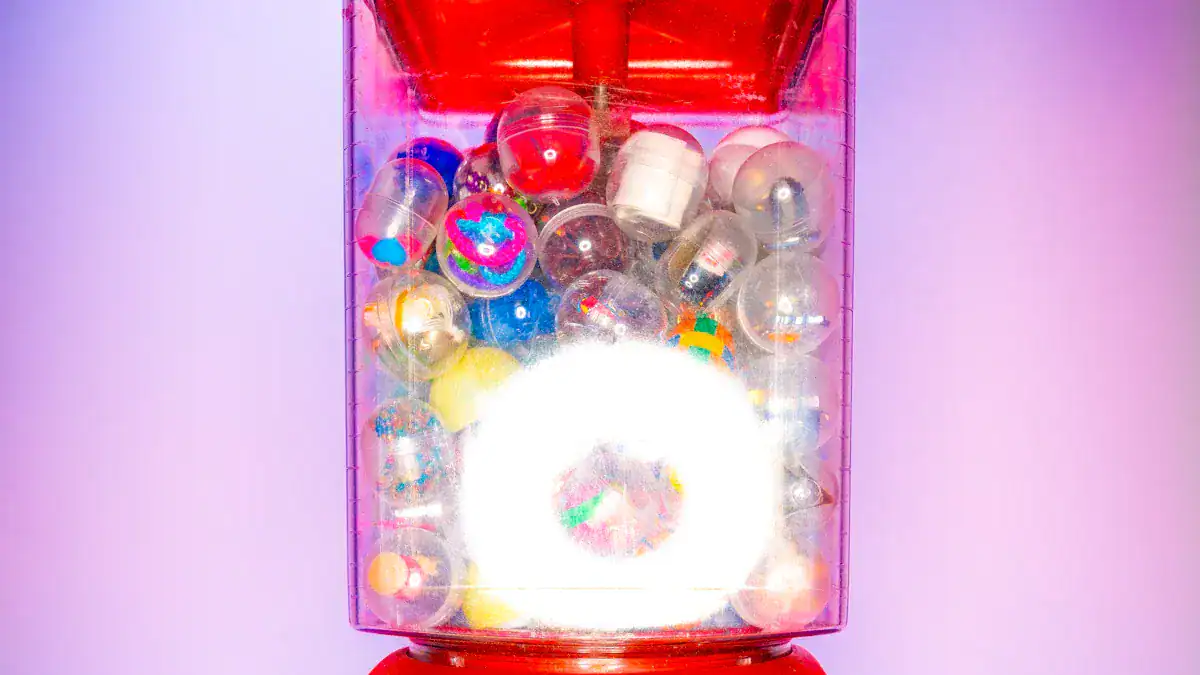Several factors affect the taste and texture of gummy candy. First of all, gelatin is a chemical substance that is used in the manufacturing process. Next, the gummy candy is put into a compounding machine called a depositor. The depositors have a nozzle that fills the candy with the correct amount and delivers it to the trays. A depositor section of a mogul contains 30 or more depositors, depending on the imprints on the trays. Currently, modern depositors are capable of adding color, flavor, and acid to the candy while manufacturing it. This also allows for producing different flavors of candy at the same time.
Gelatina
Most people are familiar with the product gelatin. This is a protein substance that is produced by partial hydrolysis of collagen. It is derived from animal skin, bones and connective tissues and is used in a variety of applications, including food and pharmaceuticals. Its other industrial uses include dyeing supplies, photographic plate coatings, and medicine capsules. Here is an overview of how gelatin is made. This article discusses some of the most common uses for gelatin.
Commercial gelatin is packaged in 1/4 ounce envelopes, paper-thin sheets, and meltable blocks. Most gelatin is used in food products, but it is also used in cosmetics, pharmaceuticals, and photography. It is also used in crepe paper, where it preserves the wrinkles. However, gelatin consumption is prohibited in many religious traditions. As a result, gelatin production is a highly regulated industry.
Gummy sugar
Traditionally, gummy sugar was hand-made by family members and friends. But today, it is manufactured by factories. In fact, it is the most common type of candy. The production process begins with pharmaceutical compounding. Factory workers pour the correct amount of raw ingredients into large tanks that have heating and cooling abilities. Once the ingredients have been mixed, the batch is sent to quality control labs for final quality control. Gummy sugar is a popular candy with many different varieties.
When producing gummi without sugar, manufacturers must select ingredients that will have the same end properties. These ingredients include a polyol blend. They may also contain maltodextrins or high-intensity sweeteners. Suppliers can guide manufacturers to select ingredients that have specific functions. These ingredients must also have a similar texture and formulation to the sugar-based version. Here are some examples of sugar-free gummi:
Gummy Arabic
Acacia gum is a natural fiber used as a thickening agent, emulsifier, and flavor stabilizer. It is sourced from two types of acacia trees, mainly in the Sahelian belt of Africa and Sudan. Gum Arabic is known for its health benefits, including acting as a prebiotic (good bacteria in the intestines that aid digestion) and inhibiting the crystallization of sugar. The plant fiber is also used in the production of syrups and candies, and is a natural source of antioxidants.
The production of gum arabic is an extensive industry. Local farmers in Sudan produce the gum for use in food, soft drinks, medicines, and cosmetics. Its wide range of uses makes it an extremely versatile biopolymer. However, some concerns have been raised over the environment and human health. To understand the ethical dilemma surrounding the production of gum arabic, let us first look at how it is produced. This ingredient has many benefits and is used extensively in the food and cosmetics industries.
Starburst
You can find several flavors of Starburst in supermarkets in the United States and the UK, but the ingredients are generally the same. These include sugar, palm fat, concentrated fruit juices, modified starch, and vegetable carbon. The gummy’s formula is kept secret by esteemed food technologists. Regardless of the flavor, Starburst contains no trans fat, sodium, or protein.
It is one of the most popular brands of candy, and according to the latest surveys, it will be the fourth best-selling Halloween candy by 2020. According to a Zippia survey, Starburst topped the list in six states during Halloween last year. In 2017, Starburst ranked third among non-chocolate chewy candies, bringing in over $160 million.
Haribo
German candymaker Haribo is planning to open a factory in Wisconsin by 2020 to produce fruity gummy snacks. The brand has been around since the 1920s, but is only now relocating to the United States. It’s currently the top seller of gummy bears in the country. The brand employs over 7,000 people in countries around the world, but will expand production to Wisconsin in 2020.
An investigation by the German broadcaster ARD into the ingredients of Haribo has raised questions about the company’s ethical practices. It found that Haribo was complicit in animal abuse and slave labor. The company sources the carnauba wax from Brazilian plantations that treat their workers like animals. The workers aren’t provided with toilets or even filtered water. They are even forced to sleep outside in trucks and without water. The company claims ignorance of these issues and is conducting an internal investigation.





